Dear Artist,
This morning, Michael Epp of Bowen Island, B.C., wrote, “’Just take away everything that doesn’t look like a horse.'” That’s what the sculptors say. Which implies that as long as you avoid all the obvious mistakes, you’ll end up with something good. By definition, perfection is merely an absence of error. Is there a list of mistakes for artists to avoid making?”
Thanks, Michael. Your note caught my attention because it had some wonderful assumptions. The horse concept is a vital one because it stresses creation by reduction, in other words the removal of material. This removal does not imply mistakes, but rather the vacuum created to disclose the horse in question. The other three prime suspects in your note are the words “good,” “perfection,” and “error.” In the art game, all are subjective and mighty arbitrary. Nevertheless, I’m on your question like a fat kid on a Smartie.
Don’t assume there is only one way. Don’t assume that mistakes are a bad thing. Don’t think for one minute that everyone agrees with what “good” is. Don’t fall into the trap of thinking perfection is attainable or even desirable. Don’t assume the existence of error. Art is not based on a catechism.
Art is something else. It is, for better or for worse, the bending of personal will. And while some artists may attempt standards such as academic standards, commercial standards or intellectual standards, there will always be significant creators who don’t give a hoot about standards at all.
The main thing you need to think about is process. Your process. Individual decisions cannot be taken from some list. They are the result of your previous moves, including your errors. They are also the result of your noted winnings. This is how you-as-a-person becomes you-as-an-artist.
Funnily, in youth, we are often rigid. We tend to think there is some secret, some Holy Grail that will have great art appear on our easels. We may even dream that fame and fortune will arise from this correctness. As we grow older, we realize just how limiting were our earlier conceptions. Art is something else. Art is fluid, transmutable, open ended, never complete, and never perfect. Art is an event.
Best regards,
Robert
PS: “Creativity is allowing yourself to make mistakes. Art is knowing which ones to keep.” (Scott Adams)
Esoterica: There are two kinds of students — recipe takers and recipe fighters. The former listen to the instructor, try to get it “right,” and often succeed in doing so. The latter strike out on their own, pay the price of rugged individualism, and fail often. In art, it’s all about failure. In art, the journey outshines the destination. In art, mistakes are golden.
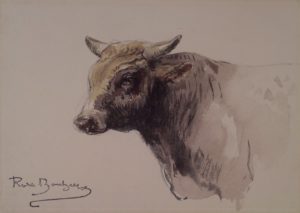
Head of a Bull, n.d. Watercolor and graphite on cream wove paper
4 15/16 x 6 7/8 inches
by Rosa Bonheur
This letter was originally published as “A list of mistakes” on October 13, 2009.
Have you considered a Premium Artist Listing? With each letter, an artist is featured at the bottom of this page. The Premium Artist Listings are a means of connecting artist subscribers through their work. Proceeds from each listing contribute to the production of The Painter’s Keys.
“The higher up you go, the more mistakes you are allowed. Right at the top, if you make enough of them, it’s considered to be your style.” (Fred Astaire)
Featured Artist
Los Angeles-based artist Lisa Chakrabarti works in a variety of media: oils, acrylics, pastels, watercolors, graphite and colored pencils. Focusing on a style she calls “romantic naturalism” – impressionism based largely on subjects in the natural world – her works have found their way into galleries in Los Angeles, Florida, Colorado and New York. In 1995, after being introduced to sumi-e and Chinese ink painting by Asian friends, Lisa became captivated by the apparent freedom and subtlety of this ancient medium. This shift in focus has informed her work ever since.

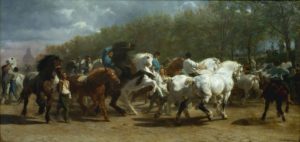
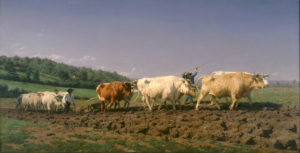
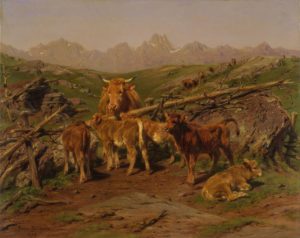
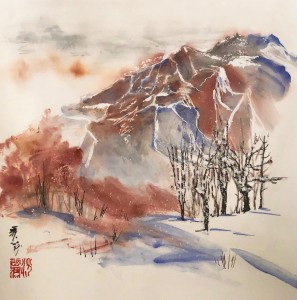
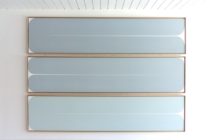
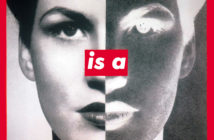
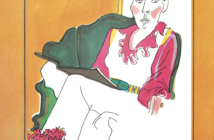
11 Comments
Thanks for once again providing great insights to those of us in the constant struggle of realizing our artistic abilities.
I’m sorry that you included the phrase “like a fat kid on a Smartie”.
It’s a rather cruel image and doesn’t echo the classiness with which you usually speak to us.
Funny – yes. Clever – certainly. But “cruel”? Only if you choose to deny the reality that most fat kids are fat due to their excessive enthusiasm for consuming sugar. This was a metaphor for enthusiasm. Your accusation is what is cruel, Lynda.
Art, more largely communication, is not PC driven. There are fat kids, there are Smarties, and there’s attraction. This may be an unfortunate phrase in your view, but WHAT IT CONVEYED was exact and pertinent. Denial of reality negates creativity.
Agreed, Peter. Perhaps Lynda is a bit too sensitive! Thank you for your comment.
That phrase stuck out to me as well. From 2009, outdated, and probably counter to a lesson in a letter or three. The other phrases are gold though.
Thank you so much for the article, it is a great lesson that in my pursuit of perfection, mistakes are ok and are a necessary part of the journey. Peace be with you Robert
Such a wonderful letter! I am going to copy this lovely phrase and read it often:
‘As we grow older, we realize just how limiting were our earlier conceptions. Art is something else. Art is fluid, transmutable, open ended, never complete, and never perfect.’
WELL SAID.
Same could be said for life.
I never imagined that Michael J Fox would be one of my gurus, but I have a quote of his on my studio wall: “I no longer strive for perfection. Perfection is God’s domain. What I strive for is excellence.”
Rosa Bonhuer, now there is excellence in paint animals!
Horse Fair contains motion, grit and dust….a favorite oil to many!
This is a very thoughtful letter, written by a guy with a lot of insight and art teaching experience. I can relate, especially, to “recipe takers and recipe fighters” and think I’m more of the latter than the former. In my case, it’s more to do with cussedness and a lazy streak than originality. But it’s kept me in the game and still making art at 80.